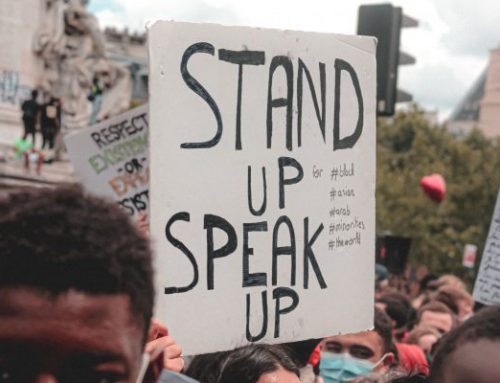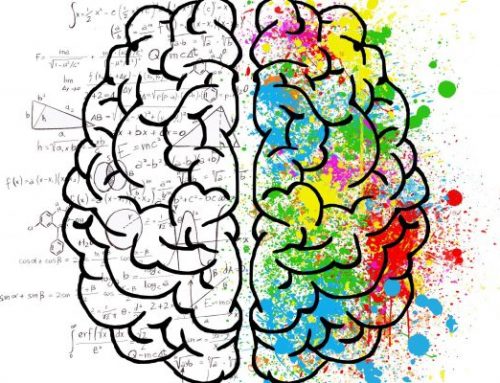I have now been writing about US politics for well over a year and it is refreshing to write about policy rather than conflict. Below is a brief analysis of Biden’s infrastructure bill. I hope you enjoy it.
Last week, United States President, Joe Biden, unveiled his $2 trillion ‘infrastructure plan’. Titled “Build Back Better”, Biden has outlined how this proposal is the first of two parts of his broader agenda.
The word ‘infrastructure’ conjures up specific images: roads, bridges and tunnels. In the Australian context, our own state and federal governments neglected such infrastructure for over a decade as they became obsessed with delivering ‘budget surpluses’ – a fad that has thankfully passed.
This ‘hard infrastructure’ is the most significant investment in Biden’s plan. He has outlined US$620 billion for roads and bridges as well as $165 billion towards public transportation – with Amtrak, America’s National Railroad Passenger Corporation, the biggest beneficiary.
Biden’s plan also aims to respond to some serious challenges facing America’s household. This includes eliminating lead pipes from water systems which is estimated to impact some ten million households resulting in more than 500,000 children having elevated levels of lead in their blood: most of which are communities of colour.
Additionally, the plan is also aiming to introduce high-speed broadband infrastructure, building and retrofitting homes and other buildings, plugging oil and gas wells, and modernising the electrical grid.
The plan also is driving one of the Democrats pet projects in relation to greening the economy: a heavy investment in electric car recharging stations.
Beyond hard infrastructure
The Biden plan, however, take a much broader view of infrastructure.
To begin with, Biden’s plan calls for expanding Medicaid coverage for the elderly and people with disabilities. This also includes a significant quantity to improve both the benefits and pay for caregivers. There is no doubt that this is aimed at a workforce that is disproportionately represented by women – and especially women of colour.
Driving this theme of ‘human infrastructure’, the plan is looking at investing in schools and child-care services, support for job training, violence prevention programs, military veterans’ hospitals, pandemic preparedness, and new research, including for technologies to confront global warming.
While all this meets the priorities of progressives, Republicans and some Democrats see it as overreach – going way beyond the steel-and-concrete infrastructure that American politicians usually love to talk about and pictured with in hard hats and fluro safety vests.
What is Biden thinking?
Essentially Biden’s team is arguing that the country a needs “human infrastructure” if the hard infrastructure projects are to be inclusive. For Democrats, this includes health care and education, as well as the many other services that they argue are fundamental in a modern economy. That is, building the structures that will ensure a post-pandemic recovery does not leave people behind.
From this perspective, the plan also includes hundreds of billions of dollars dedicated to projects and investments the Administration says will advance racial equity in employment, housing, transportation, healthcare and education, while improving economic outcomes for communities of colour.
This is why Biden stated: “This plan is important, not only for what and how it builds but it’s also important to where we build… It includes everyone, regardless of your race or your zip code.”
One part of the program is focused on “reconnecting” neighbourhoods cut off by previous transportation projects; expand affordable housing options to allow more families of colour to buy homes, build wealth and eliminate exclusionary zoning laws; and rebuild the public housing system.
In America, everything is political. It is no accident that Biden has introduced the proposal amid the ongoing murder trial of Derek Chauvin, the former Minneapolis police officer accused of George Floyd’s murder.
Will it work?
With Democrats holding only a slim majority in Congress, and some of their representatives raising concerns about the plan, the only way to pass the bill may be through a ‘reconciliation’ process.
Reconciliation is a process created in the Congressional Budget Act of 1974 to make it easier for the Senate to cut deficits: though this is the opposite of what many reconciliation bills have actually achieved.
The idea is to “reconcile” specific budget goals with separate legislation to accomplish them. To make that more doable, the Budget Act removed the typical 60-vote hurdle in the Senate, allowing a reconciliation bill to pass with a simple 51-vote majority.
Because it is tied to the once-a-year budget, reconciliation has historically been used no more than once a fiscal year.
But a recent decision means that this could change, and the reconciliation process could be used a number of times.
In the USA, the cycle for the next mid-terms has already began. Biden seems to have learnt the lessons from his years in the Obama Administration: if you want to deliver promises to an impatient electorate, don’t rely on an opposition who are unlikely to come around.
It may not be good for Biden’s promise of bi-partisanship, but it will no doubt increase the chances of a better showing for the Democrats in 2022.
This article was first published by Open Forum here…






Leave A Comment